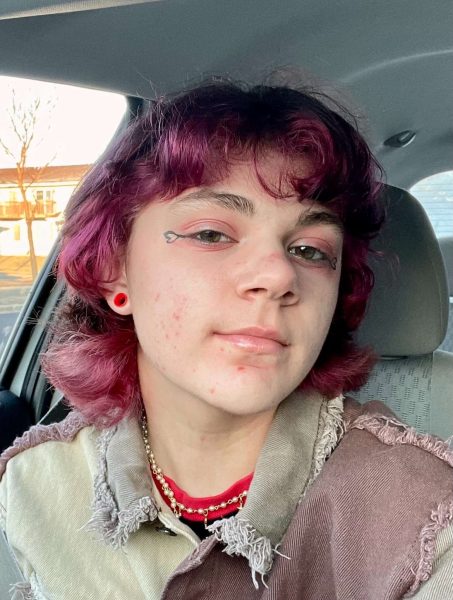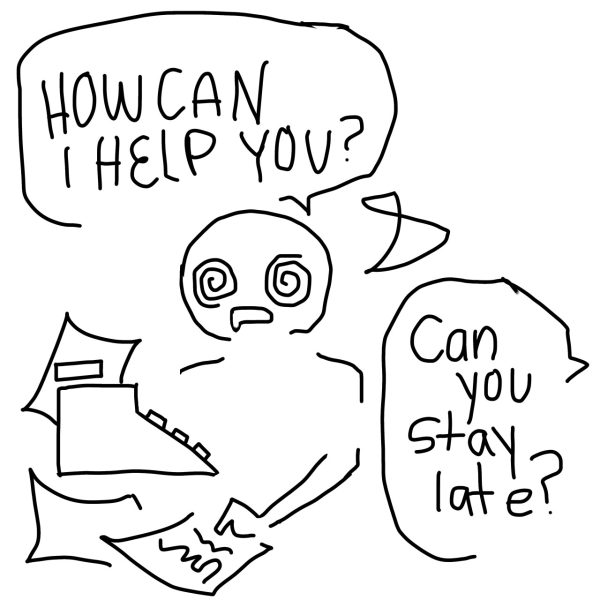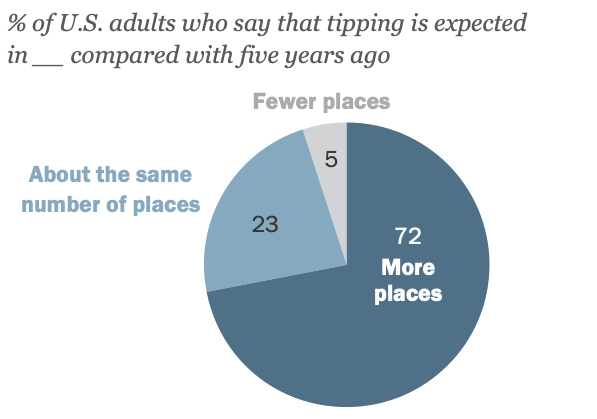Appreciate (All) Animals
We often base how much we like someone on their appearance, but we don’t think about how that same behavior affects animals. Oftentimes, unfair stereotypes towards animals lead to lower charity donation and adoption rates and biases for certain species. But when you look beneath the surface, almost all of these animals help their ecosystem and even benefit humans. Sometimes, the negative stereotypes are not true at all.
PITBULLS
Almost 40% of American households include a dog, an animal dubbed “man’s best friend” for over a century. However, not all dogs are created equal in the public eye. Scrolling through social media lately has almost always brought the “Pitbull named Princess after eating 12 toddlers” meme to my screen.
In reality, one of the sweetest dogs I’ve ever met was a pitbull. Pitbulls’ reputation of violence comes at the fault of the owners, not of the dogs.
Similarly to the way that humans have selectively bred pugs to the point of physical deformations, we’ve selectively bred pitbulls for violence. However, this doesn’t mean they’re inherently evil.
If you were to raise a pitbull with the compassion you would give to any other dog, it would act like any other dog. Dogs will take on the personality their owner encourages them to have, and just because that personality has historically been violent doesn’t mean it has to continue to be that way.
RATS
When people think of rats, they often think of the Black Death. To clear up the rumors, fleas spread the disease to the rats, and humans got caught up in the collateral damage. Plus, rats are no more susceptible to fleas nowadays than your average stray cat or dog, especially when kept as pets.
And as far as pets go, rats are a very good choice. They are capable of emotion that extends to their treatment of their owners. Among rodents, rats are known as one of, if not the most, intelligent of their kind. This is why their behavior is used in studies about human psychology.
Although the media has tried to clear up misconceptions about rats with movies such as “Ratatouille” most people still regard them as weird or gross. I encourage those who think this way to reconsider. Anyone who has ever owned a rat as a pet will likely tell you how loving and smart they can be.
SNAKES
A common way of insulting someone is to call them a snake —conniving, untrustworthy, and selfish. This insult dates back to the 1500s and stemmed from various myths and stories that all combined today to make snakes one of people’s go-to least favorite animals.
Snakes often get hate for being “creepy,” and this is somewhat understandable. Humans seem to have a fear of animals that move differently than they do, leading to many superstitions. But I’ve held snakes on many occasions, and they’re calm and not at all slimy like one might expect.
Additionally, snakes almost never attack humans unless they are provoked. The same cannot be said about human behavior towards snakes. According to National Geographic, habitat loss has forced about 100 species of snakes onto the endangered species list. Avoiding snakes is fine—and the advised idea unless you are keeping one as a pet—but hating on them is making their existence unreasonably difficult.
SPIDERS
The harsh reality of a spider’s existence is that almost nobody likes them. Arachnophobia is the most common phobia, with between 3 and 15% of the population exhibiting symptoms (Cleveland Clinic). Even people who aren’t phobic of spiders still often avoid them. However, when asked why they dislike spiders, most people couldn’t tell you.
Spiders are incredibly useful. They are apex predators in the bug world and eat insects such as flies and mosquitoes, thereby keeping diseases those bugs spread at bay and the bug food chain in check.
I probably can’t convince you to like spiders, but I can tell you that they’re doing you a favor. There’s been a spider above my desk for a while now, and it’s been eating its fair share of bugs that I would prefer not to be around me. So the next time you see a spider in your house, maybe consider letting it outside, or even letting it stay, instead of killing it.
SHARKS
The media loves to hate on sharks. A Google search for “shark movies” will result in pages of results of films where the shark eats everyone, and the protagonist saves the day by killing it. They’re arguably the most misrepresented animal in history.
Firstly, sharks are not as big as the ones you see in movies. Even the Megalodon, the biggest shark species ever recorded (and as seen in the movie “The Meg”) was only about as big as two school buses. Admittedly, that’s huge, and terrifying—but movies take that to an even bigger extent to shock people.
Most sharks are about 5-7 feet long, and less dangerous than your average person. Even in movies where the shark’s size isn’t exaggerated, its behavior almost always is. A shark will not attack a person unless out of genuine confusion or necessity. The activity sharks show in almost every film they’re in leads people to believe the opposite.
Similarly to snakes, humans have been endangering sharks for decades. 75% of shark species are currently at risk of extinction (Defenders of Wildlife). Like spiders, sharks keep almost all other ocean species in check.
We need sharks to maintain the health of their surroundings. They are usually gentle towards humans, and most sharks are probably smaller than you. Don’t believe what you see in the movies.
There are hundreds of species that people dislike because of stereotypes and misinformation, these are just a few. Whatever the circumstance, there are reasons to rethink your biases. It’s always better to research and challenge the opinions of the majority before disliking something.

Miles is a senior, and this his third year on staff! He is the Norse Star’s Cover Story Editor, Graphics Editor, and Head Artist! Miles joined the Norse...






